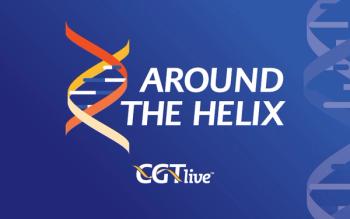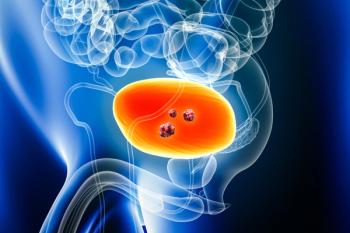
Tami John, MD, on Barriers to Access for Gene Therapy in β-Thalassemia
The clinical associate professor at Stanford Medicine also provided background about the current state of care in TDT.
...[W]e don't have a lot of adult centers across the country that are becoming qualified treatment centers and so I get a lot of questions about if I can treat patients aged over 30 and for TDT I've been asked if I could treat a 54-year-old at a pediatric institution."
The gene therapy products currently available for transfusion-dependent β-thalassemia (TDT) include bluebird bio’s betibeglogene autotemcel (beti-cel; marketed as Zynteglo), an autologous, lentiviral gene-addition therapy that delivers a modified form of the β-globin gene into patients’ hematopoietic stem cells ex vivo before reinfusion into the patient, and Vertex Pharmaceuticals and CRISPR Therapeutics’ exagamglogene autotemcel (exa-cel; marketed as Casgevy), a CRISPR/Cas9 gene-editing cell therapy. Although these therapies were approved by the FDA in mid-2022 and early 2024, respectively, uptake by the patient community
In an interview with CGTLive® held earlier this year, Tami John, MD, a clinical associate professor at Stanford Medicine, discussed the barriers to access for gene therapy currently faced by patients with TDT. She began by describing the current landscape of care for TDT, noting that outside of the one-time gene therapy treatments, the existing treatment options for TDT have a relatively high burden of care and do not allow for transfusion independence. On the other hand, John pointed out that more than 90% of patients are able to become transfusion-independent following gene therapy, and that those patients who don’t often require less frequent transfusions after treatment.
With regard to barriers to access, John stated that because some of the centers currently providing the gene therapies specialize in pediatrics, adult patients may find even more barriers to treatment than pediatric patients, and that some adults are even requesting to be treated at pediatric centers because of the lack of options. John also noted that the process of administering the gene therapies is quite complex, thus requiring centers to be properly equipped and skilled in order to provide the products; this further limits the number of centers currently able to treat patients.
REFERENCES
1. FDA approves first cell-based gene therapy to treat adult and pediatric patients with beta-thalassemia who require regular blood transfusions. News release. FDA. August 17, 2022. Accessed June 24, 2025. https://www.fda.gov/news-events/press-announcements/fda-approves-first-cell-based-gene-therapy-treat-adult-and-pediatric-patients-beta-thalassemia-who?utm_medium=email&utm_source=govdelivery
2. Vertex Announces US FDA Approval of CASGEVY™ (exagamglogene autotemcel) for the Treatment of Transfusion-Dependent Beta Thalassemia. News release. January 16, 2024. Accessed June 24, 2025. https://news.vrtx.com/news-releases/news-release-details/vertex-announces-us-fda-approval-casgevytm-exagamglogene
3. bluebird bio reports second quarter 2024 results and highlights operational progress and 2024 guidance. News release. bluebird bio, Inc. August 14, 2024. Accessed June 24, 2025. https://investor.bluebirdbio.com/news-releases/news-release-details/bluebird-bio-reports-second-quarter-2024-results-and-highlights
4. Stock dive for bluebird as sickle cell gene therapy lags behind Vertex rival. News article. Anna Bratulic. FirstWord Pharma. August 14, 2024. Accessed June 24, 2025. https://firstwordpharma.com/story/5885598https://www.bluebirdbio.com/our-focus/beta-thalassemia
Newsletter
Stay at the forefront of cutting-edge science with CGT—your direct line to expert insights, breakthrough data, and real-time coverage of the latest advancements in cell and gene therapy.











































